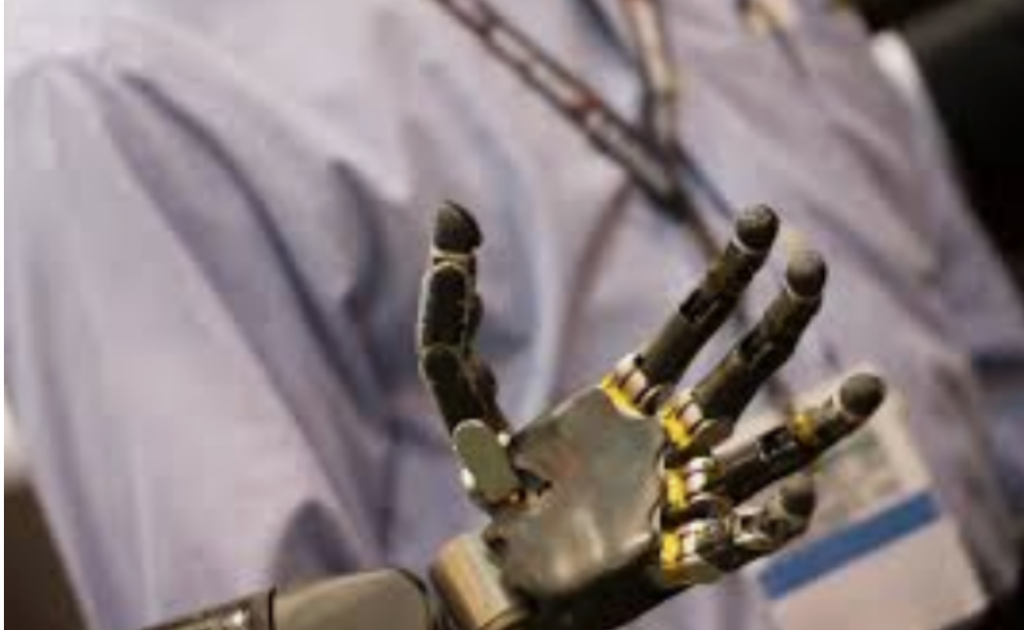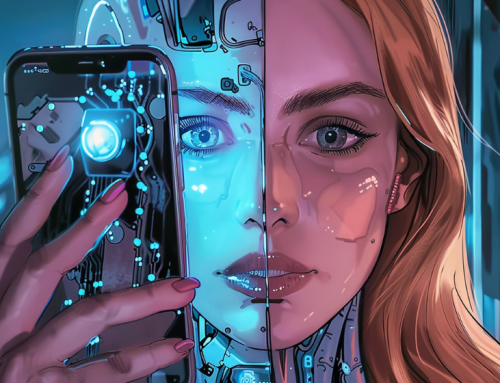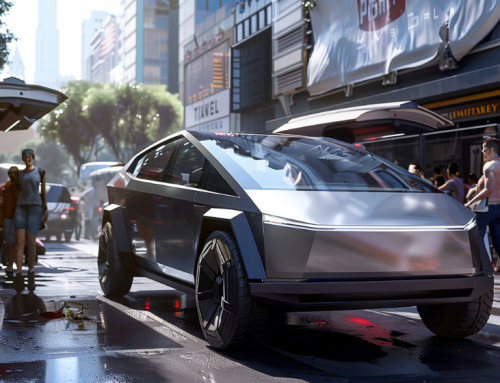
Biohybrid bots can ‘taste’ or distinguish certain chemicals through contact with bacteria in their fingers.
Bioluminescence Signals Contact with Protein in Testing
Robots can build cars, deliver packages and even converse with humans. Now scientists are trying to give robots the ability to “taste” the environment.
The first robot to be endowed with that ability, a biohybrid bot, uses a special protein that signals when it has encountered a certain chemical.
Kristen Houser discussed a recent study with futurism.com, published in the journal Science Robotics on Wednesday, in which a team from the University of California, Davis, and Carnegie Mellon University engineered E. coli bacteria to produce a fluorescent protein when it encountered the chemical IPTG.
By embedding engineered bacteria into the fingers of a robot arm, researchers have created a biohybrid bot that can “taste.” They think it could lead to a future in which robots are better equipped to respond to the world around them.
“By combining our work in flexible electronics and robotic skin with synthetic biology,” researcher Carmel Majidi said a press release, “we are closer to future breakthroughs like soft biohybrid robots that can adapt their abilities to sense, feel, and move in response to changes in their environmental conditions.”
The bot doesn’t actually possess the traditional human sense of taste used for food, it does have the ability to detect chemicals that are liquid-borne, then decide whether to avoid them or not.
Andy Fell, a spokesperson for the University of California Davis, wrote in an article that so far the biohybrid bot can only taste one thing. He explained that it’s difficult to design systems that can detect changing concentrations. Another challenge is to maintain a stable population of microbes in, or on, a robot comparable to the microbiome or ecosystem of bacteria and fungi that live in or on our own bodies and carry out useful functions for us.
Biohybrid systems potentially offer more flexibility than conventional robotics, he said. Bacteria could be engineered for different functions on the robot: detecting chemicals, making polymers for repairs or generating energy, for example.
read more at futurism.com







Leave A Comment